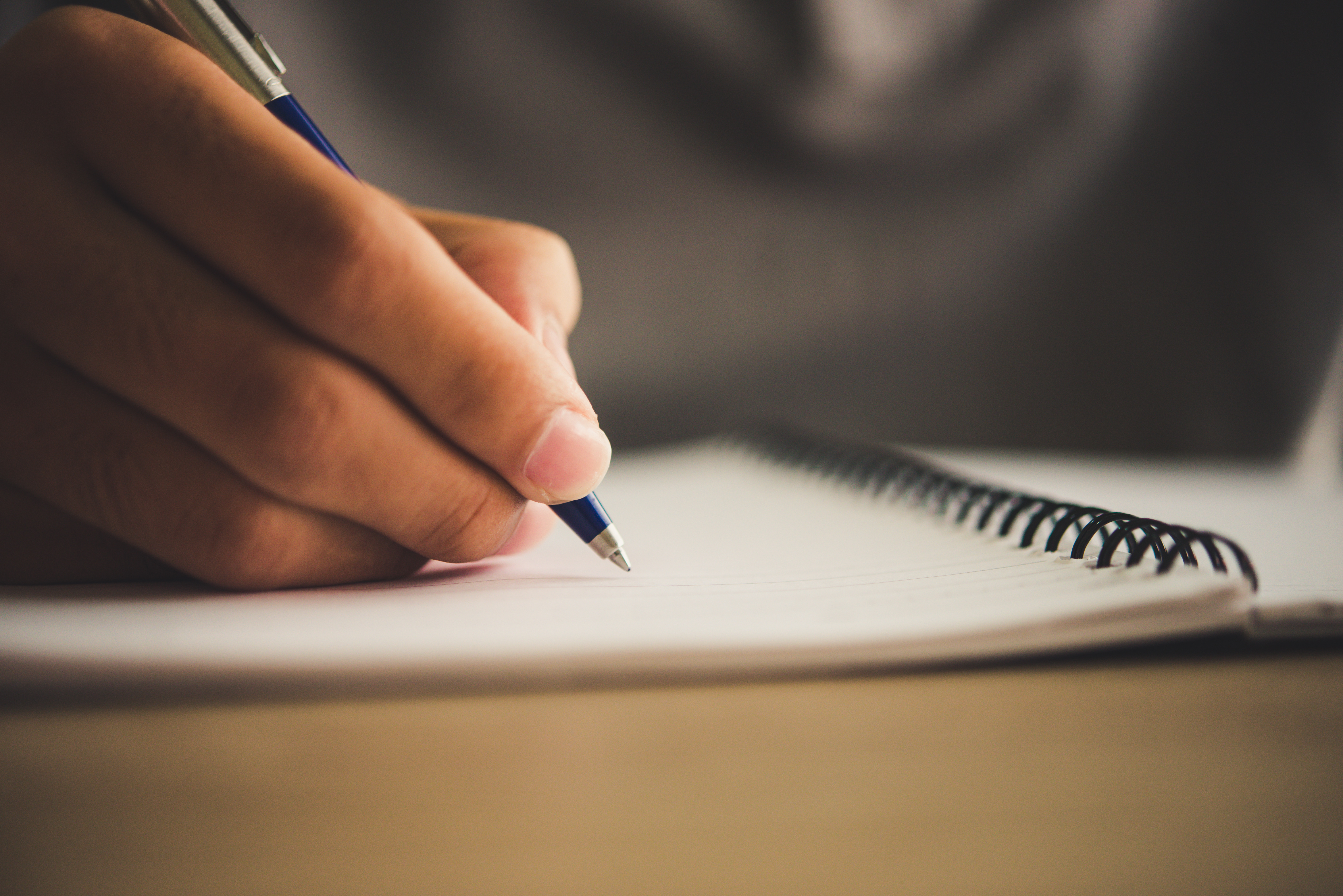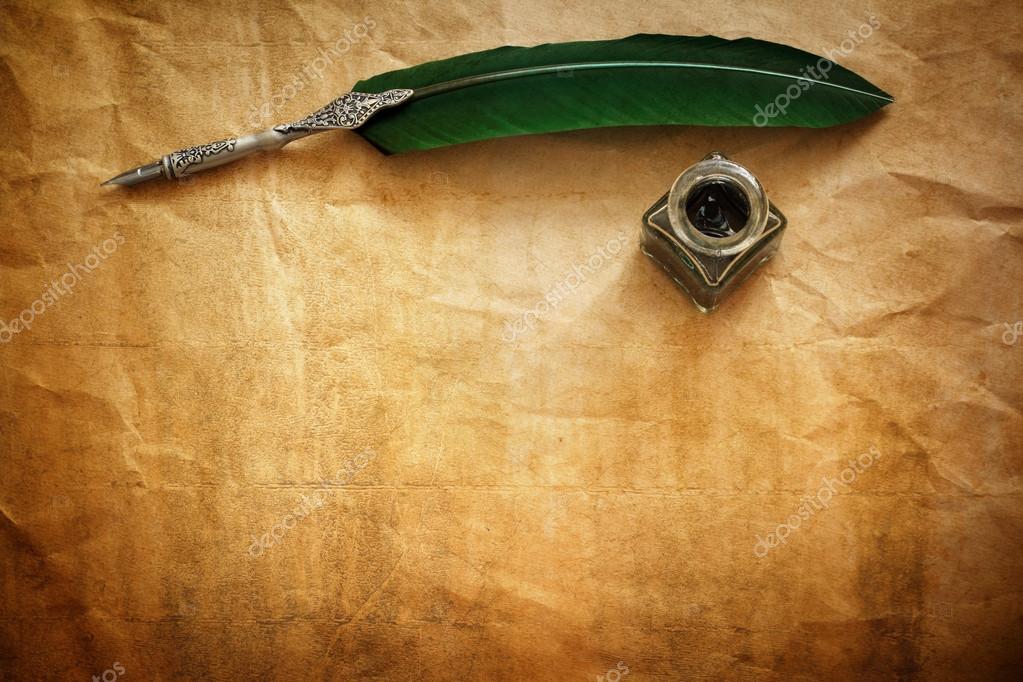
Hester Dorsey Richardson also found a 1734 notation made by Robert Morris the elder in the ledger of the expenses of Robert Morris the younger, who was at the time in Philadelphia, for "one fountain pen". By the early 18th century such pens were already commonly known as "fountain pens". Noted Maryland historian Hester Dorsey Richardson (1862–1933) documented a reference to "three silver fountain pens, worth 15 shillings" in England during the reign of Charles II, c. In 1663 Samuel Pepys referred to a metal pen "to carry ink". Ink was squeezed through a small hole to the writing point.

The ink was sealed inside the quill with cork. One quill served as a reservoir for ink inside the other quill. In Deliciae Physico-Mathematicae (a 1636 magazine), German inventor Daniel Schwenter described a pen made from two quills. The fountain pen was available in Europe in the 17th century and is shown by contemporary references. While no physical item survives, several working models were reconstructed in 2011 by artist Amerigo Bombara that have since been put on display in museums dedicated to Leonardo. Historians also took note of the fact that the handwriting in the inventor's surviving journals is of a consistent contrast throughout, rather than exhibiting the characteristic fading pattern typical of a quill pen caused by expending and re-dipping. Leonardo's journals contain drawings with cross-sections of what appears to be a reservoir pen that works by both gravity and capillary action. There is compelling evidence that a working fountain pen was constructed and used during the Renaissance by artist and inventor Leonardo da Vinci. 974) in his Kitab al-Majalis wa 'l-musayarat, the Fatimid caliph Al-Mu'izz li-Din Allah in Arab Egypt demanded a pen that would not stain his hands or clothes, and was provided with a pen that held ink in a reservoir, allowing it to be held upside-down without leaking.

History Early prototypes of reservoir pens Īccording to Qadi al-Nu'man al-Tamimi (d.

Some pens employ removable reservoirs in the form of pre-filled ink cartridges. Filling the reservoir with ink may be achieved manually, via the use of an eyedropper or syringe, or via an internal filling mechanism which creates suction (for example, through a piston mechanism) or a vacuum to transfer ink directly through the nib into the reservoir. The pen draws ink from the reservoir through a feed to the nib and deposits it on paper via a combination of gravity and capillary action. It is distinguished from earlier dip pens by using an internal reservoir to hold ink, eliminating the need to repeatedly dip the pen in an inkwell during use. A fountain pen is a writing instrument which uses a metal nib to apply a water-based ink to paper.


 0 kommentar(er)
0 kommentar(er)
